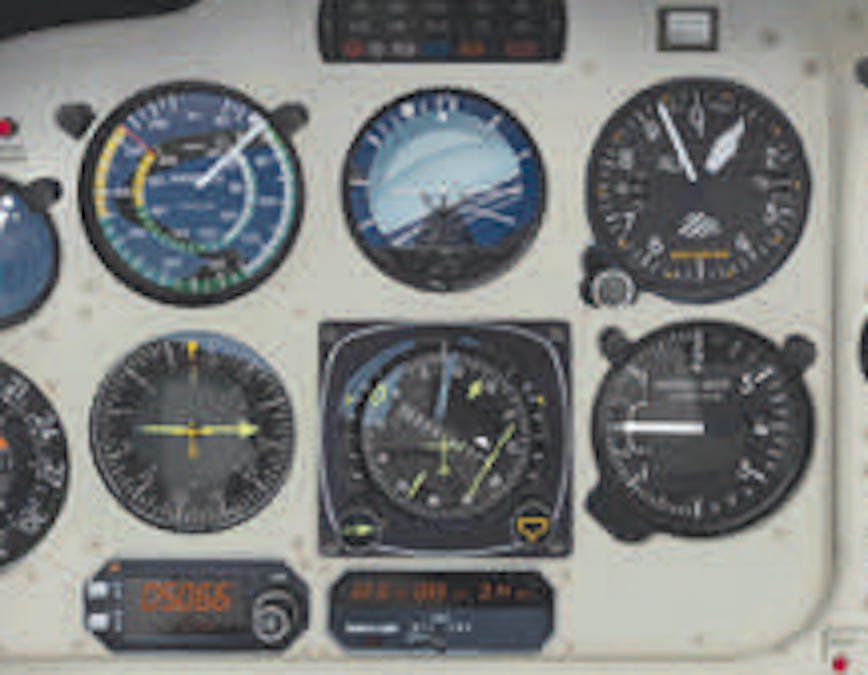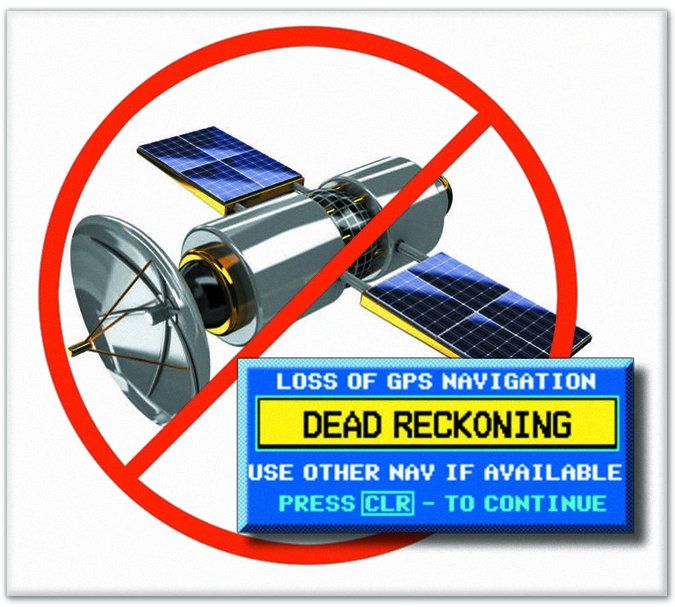
Lost PIREP
I submitted a PIREP yesterday that didn’t get disseminated properly. Not only did it not show up during the 1.7 hours left in the flight, it wasn’t listed when I checked after landing on the aviationweather.gov/adds web site for PIREPs in the previous eight hours. However, after submitting an inquiry about this to Lockheed Martin, it showed up the next morning (about 20 hours after the flight).
Had this been the first time PIREPs submitted to Flight Service weren’t processed promptly, I would shrug my shoulders. But it isn’t. Yes, FSS has a better PIREP-completion reputation than ATC, but it should be 100 percent for FSS-submitted PIREPs.
Scott Dyer
Pleasantville, NY
Your note isn’t the first we’ve heard of this, Scott. It appears there have been some problems with PIREPS not showing up as you experienced. We’ve heard that LM and the FAA were looking into this to find out the source of the problem and correct it. It might well be fixed by now.
Brent Blue Photo
BasicMed
I thought Dr. Brent Blue’s March article, “No More Medicals?” was informative, but I’d like to clarify a couple points that might not have come across. You can’t qualify for BasicMed if you’re flying an aircraft with more than six seats, regardless of how many people are on board.
Also the prohibition of using BasicMed and flying outside the U.S. does have the stipulation, “…unless authorized by the country in which the flight is conducted.” We Florida pilots hope the Bahamian aviation authorities (and those in Canada and Mexico) will approve BasicMed.
Although some AMEs are refusing BasicMed exams, it is my opinion that AMEs should perform BasicMed exams for two reasons: With their knowledge of aviation and aeromedical issues, AMEs are best able to determine if a person is fit to fly. Additionally I think it is a good practice to keep the primary-care physician different from the physician providing the FAA exam.
Luca Bencini-Tibo
Weston, FL
GPS Jammed
I live in the shadow of White Sands Missile Range which jams GPS occasionally. I know they issue NOTAMs , but I have never had such called to my attention when filing an IFR flight plan. Recently I experienced another jamming episode with WSMR. It was unexpected but ATC was aware of it. It certainly increased the ATC workload as no one could use GPS to navigate in the affected area.
Why isn’t loss of GPS considered a safety-of-flight issue? In the wrong circumstances this jamming could be a lot more than a nuisance.
I am certain if there is another repeat of something awful the first many of us will know about it is that GPS is suddenly gone.
Alvin Jones
Roswell, NM
For the time being, ground-based nav sources are still plentiful and available as primary en route and approach nav, and the FAA maintains them at great expense. It’s likely that most officials, CFIIs, and even most pilots would consider loss of GPS a major inconvenience, but it’s currently difficult to call it a safety-of-flight issue. However, as more and more ground-based navaids get decommissioned, there will come a point where loss of GPS will indeed be a safety-of-flight issue. See “Remarks” in last month’s issue.
No GPS—At All
My wife and I own an IFR-capable aircraft with legacy instruments and navigation (no IFR-certified GPS). Some time ago in reading about the FAA’s proposed VOR minimum operational network and VOR decommissioning, I read that the FAA intended to retain at least one ground-based approach at those airports that currently had ground-based approaches. Basically, this would mean that aircraft like ours without GPS would likely still have access to instrument approaches at many of the airports as it was before NextGen.
Recently, I’ve been told that the FAA is no longer pursuing this direction. Instead, the plan is as you outlined in “What if GPS Doesn’t?” in the May issue:
“The FAA gives us an assurance that there will be a VOR within 77 NM that’s usable at or above 5000 feet AGL and an airport within 100 NM with a VOR, ILS, or LOC approach that doesn’t depend on DME.”
This direction is considerably different from the previous direction. It will basically render our aircraft (and I suspect a lot of others) not practical for IFR flying. Can you elaborate on this issue?
Stacey Morris
West Memphis, AR
We tossed this around in the IFR virtual offices and we don’t recall ever hearing a statement that the FAA would keep one ground-based approach at each airport that has one. In fact, the general plan we’ve seen from the FAA has been rather consistent with the broad overview you read in May and the deeper detail in “The March to PBN” in March 2017.
I’d point out that while those few ground-based approaches that do remain—or are newly commissioned for MON—will be there, they are primarily intended for emergency use. That’s the intent, but they’ll likely be available for non-emergency use if at least for training/proficiency. That’s just a guess, but nonetheless, to rely on them for routine purposes could be problematic. That’s a nuance that just hasn’t yet been explored.
A few facts you might find enlightening:
– As of October 2016, over 2550 airports have RNAV approaches. The plan is to increase that to 3300 airports by 2020. An LNAV will always be included, but many are planned with LPV approaches.
– In October 2016, the FAA estimated that 79 percent of GA is already LNAV capable. As of late April 2017, there are 6174 commissioned LNAV approaches.
– By 2030, only 13 years away, all IFR aircraft will need to have either LPV or LNAV/VNAV capability.
While this progress won’t render your aircraft impractical for instrument flight, it will require that you add GPS capability. If you haven’t yet equipped for the 2020 ADS-B mandate, doing both at the same time could offer some fiscal efficiencies.
Yes, doing so can cost an amount equal to a significant portion of the plane’s value, but while mechanical systems can last forever with proper maintenance, our electronic navigation systems don’t have a similarly infinite life. (How old is your home computer, or your cell phone?) Technology marches on and we eventually have to pay to keep playing, as much as that might be fiscally painful.
On a personal note, I avoided flying GPS approaches for many years, first because of a lack of equipment and later just out of sheer ornery habit. I finally gave in and pleasantly found that they are actually much easier to fly with far less knob twisting and, unlike ground-based approaches, if you’ve flown one you’ve flown them all. By that I mean that while the paths over the ground and the numbers might be different, the navigation is mostly the same. So instead of different techniques for various VHF approaches, the same technique will suffice for all GPS approaches.
If you haven’t flown a GPS approach and experienced all that for yourself, I’d suggest you do so. You might be pleasantly surprised. —FB

Yeah, but Zero Airspeed?
What happened to the airspeed in July’s Killer Quiz, “Inferior Performance“? There was no mention of the pitot being plugged, and static plugging alone wouldn’t seem to affect airspeed as much as you’ve shown. I wouldn’t think you’d get an airspeed of zero unless the pitot were plugged or broken. Yes, you’d get falsely low airspeed as you climb, but I can’t envision it reaching zero, at least not on the departure you’ve depicted.
Andrew Doorey
Wilmington, DE
Airspeed is determined by the pressure differential between the pitot input and the static input. If the static is blocked, say at sea level, and you start climbing, as the air impacting the pitot is less dense with altitude, that pressure differential is reduced. Thus, you’ll see lower airspeed as you climb.
Nonetheless, you make a fair point to which we have two counterpoints.
First is that the zero airspeed is not just from the pitot-static issues. The aircraft has pitched up to an unsustainable 13 degrees or so in response to the apparent failure to climb. The airspeed must also be inaccurate.
The reality of pitot-static blockages varies from the textbook explanations. Water in the lines can create wildly inaccurate, and sometimes wildly varying, readings as the water moves in the static line. If the water moves even a bit toward the port, the air behind it can drop massively in pressure. The measured, pressure-differential-based airspeed can even momentary try to go negative. The sim we use to create these panel shots doesn’t replicate this well, and what it does replicate is a complete and perfect blockage.
So the reality is that almost anything could show for at least a moment. We tried to pick something that would give the reader a fair chance of figuring it out.
We read ’em all and try to answer most e-mail, but it can take a month or more. Please be sure to include your full name and location. Contact us at [email protected].




